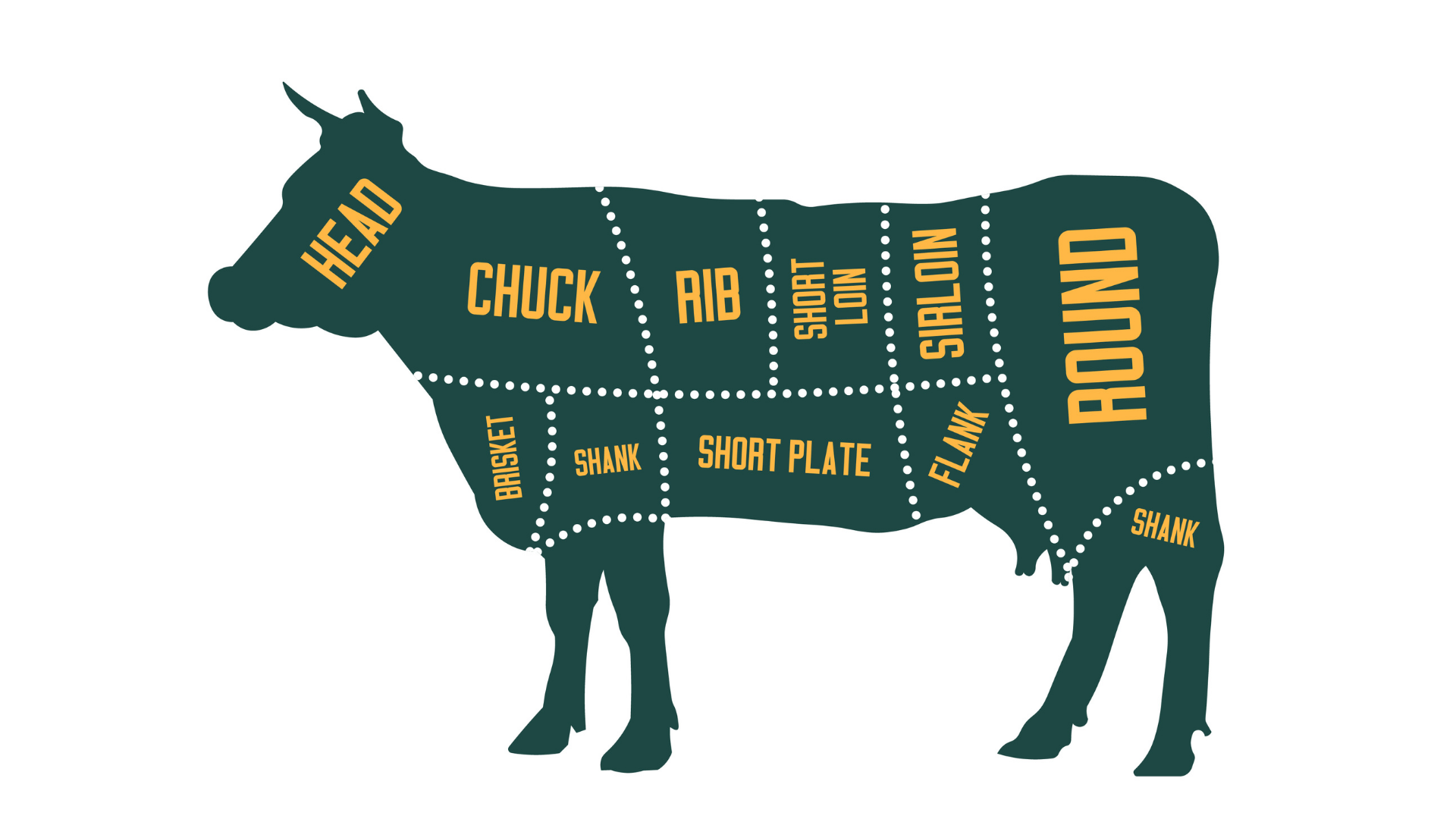Beef Cuts
Sirloin
A classic steak cut, the sirloin, also known as the striploin, comes from the hindquarter of the animal. Steaks from this part of the cow are favourites for those who like nice beefy flavours without too much fat. The sirloin is leaner than a ribeye, but fattier than a tenderloin, making the sirloin steak a perfect compromise between flavour and texture. Best prepared by grilling or pan-searing, and served pink in the middle.
Rib-Eye
Another popular classic cut is the ribeye, often portioned as steaks, or left on the rib bone, which is the famous tomahawk steak. The ribeye can also be left whole for roasting, which is known as the rib roast. As the name might suggest, this cut comes from the rib section of the cow. The ribeye steak is prized for its fat marbling which gives it a rich, beefy robust taste. With a strong balance of tenderness and rich beefy flavour from the fat marbling, as well as the fat cap that crisps up when seared, the ribeye is a firm favourite amongst steak fans. Our friendly butchers are more than happy to prepare your rib-eye the way you like, be it cut as boneless steaks, or even dressed and French for a whole rib roast.
T-Bone
An iconic cut that might remind you of cartoons, this cut combines two classic steaks into one, with the striploin on one side, and the tenderloin on the other. This combination makes it perfect for those who want the best of both, or for those who simply cannot decide which one to get. Because bone conducts heat, cuts on the bone must be larger to ensure that the steak does not cook too quickly. As such, T-bone steaks, as well as the related Porterhouse cut tend to be cut larger, which means there’s more meat and it can serve a large group, making for grand table centrepieces for celebratory meals with family or friends. This cut is best prepared using the reverse-sear method, by putting colour on the steak by grilling or pan searing on high heat, before transferring to a hot oven to finish cooking until it is pink in the middle, and not raw.
Tenderloin
Some have taken to calling this cut the ‘Rolls-Royce’ of steaks for its luxuriant, almost-buttery tenderness, as the tenderloin fillet comes from a soft strip of muscle that runs along the backbone of the animal. While the tenderloin’s tenderness is unrivaled, the cut has less fat marbling (the fat in between muscle fibres), and usually no fat cap (the chunk of fat on the edge of the cut), which makes the tenderloin slightly less rich compared to other cuts. The tenderloin is thus at its best when served pink in the middle so the tenderness of the cut can be enjoyed, as well as with an added flavour component or source of richness. In addition to making incredibly tender steaks, this cut can also be left whole and roasted, or used in the famous beef wellington. Ask our butchers to tress the steak for the grill or pan, or trimmed for a beef wellington!
Shank
The beef shank is the leg of the animal's thigh. Each side of beef has two shanks, one in the forequarter and one in the hindquarter. As this cut is rather tough and full of connective tissue, it is unpopular in the west, but is famously popular all over Asian cuisine. Beef shank is best braised slowly to break down the muscle fibres, and to make the meat tender.
Brisket
The affordable and economic brisket is the breast section of the cow, just beneath the first five ribs behind the foreshank. It is also quite a high amount of fat, making it a rather flavourful cut. Brisket is best served slow roasted, or famously, in the barbecue for a long period of time. After this low and slow cooking, the brisket will be fork-tender, and incredibly juicy.
Oxtail
This portion originates from the tail of the animal and is cut into sections with part of the tailbone and some marrow in the center, surrounded by a bony portion of fatty, gelatinous meat. Slow cooking techniques, like braising or stewing in stout would infuse the meat with wonderfully complex flavours, while the bone marrow from the oxtail makes the braising liquid luscious and flavourful.
Chuck
The beef chuck is and includes muscles from the cow neck and shoulder. As these are hard working muscles, beef chuck is tough and chewy, so the best way to get the most out of Beef Chuck is to stew, slow cook, or braise to make it more tender, moist and flavorful. One famous use for beef chuck in our part of the world is to slow cook in Rendang.

